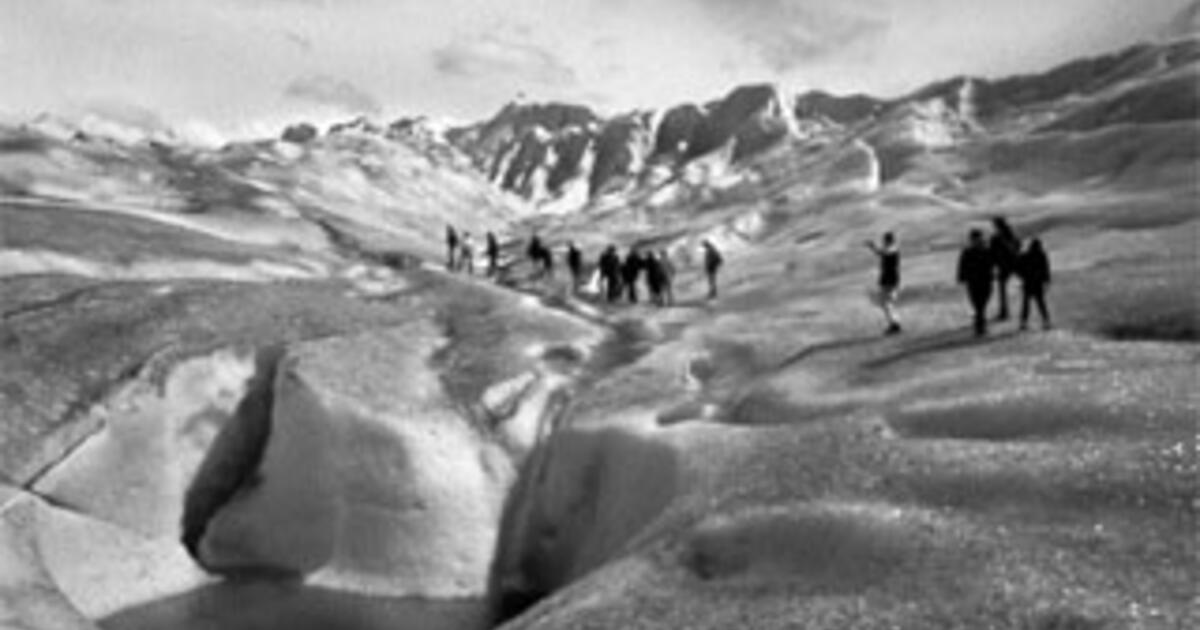The last glacial period lasted for 103,300 years, from the end of the Eocene Interglacial 115,000 years ago to the end of the Younger Dryas 11,700 years ago. Even though the glacial maximum occurred very late, almost at the very end of that glacial period. Occurring bettween 26,500 and 19,000 years ago.
Which means that it took 88,500 to 96,000 years to reach glacial maximum. The climate may have actually be pleasant during this period before the glacial maximum.
Milankovitch Cycles play a role, but I have yet to figure out what that role may be yet. Other orbital mechanics play a much bigger role in our climate. For example, Earth's perihelion changes by just over 28 minutes every year. Which means that every 9,000 years Earth's perihelion changes by 6 months.
Currently Earth's perihelion is in early January (4th or 5th of January), but 9,000 years ago Earth's perihelion was in early July. By changing the orbit of the planet so that the southern hemisphere is no longer the closest to the sun, it altered the monsoon season in the Indian ocean, and that resulted in the desertification of the Sahara.
I can find no such evidence of Milankovitch Cycles causing similar climate issues. Other than determining the North Star, I can find nothing that Milankovitch Cycles causes that would effect humans. It does not appear to have any impact on the climate.
I agree that we are approaching the end of the Holocene Interglacial, but I'm not overly concerned for two reasons: 1) Based upon the data we have from the end of the Eocene Interglacial, the transition appears to be very gradual; and 2) We will have plenty of advanced warning. When we see the majority of the world's glaciers begin to advance rather than retreat then we will know the Holocene Interglacial period has ended. We aren't there yet.
The centuries long cooling periods have always been a very bleak time for humanity. The cold period between the Roman Warming and Medieval Warming periods, from 450 AD to 950 AD was also known as the Dark Ages, for good reason.
It is during those centuries long warming periods when humanity truly thrives. The Medieval Warming period gave us the Renaissance, and consider all the technological advancements made since the Modern Warming began in 1850.
I live above 60°N latitude, and we have longer than a 10 week growing season. Not much longer, but in the Matanuska-Susitna Valley we start getting days that are consistently above 50°F beginning in late May and extending to early September. So maybe 13 to 14 weeks at best, but definitely a solid 12 weeks.
The intensity of the sunlight is much less in my neck of the woods, but it is also much longer in duration. Which is why we can grow 10 foot tall, 2,118 pound squash and 6 foot wide, 138.25 pound cabbage.
View attachment 67317230
Technology can, and already has, helped produce more crops by creating disease resistant plants.
As the permafrost in Alaska melts more arable land is opened to farming. In the last 30 years the number of farms in Alaska have doubled.

